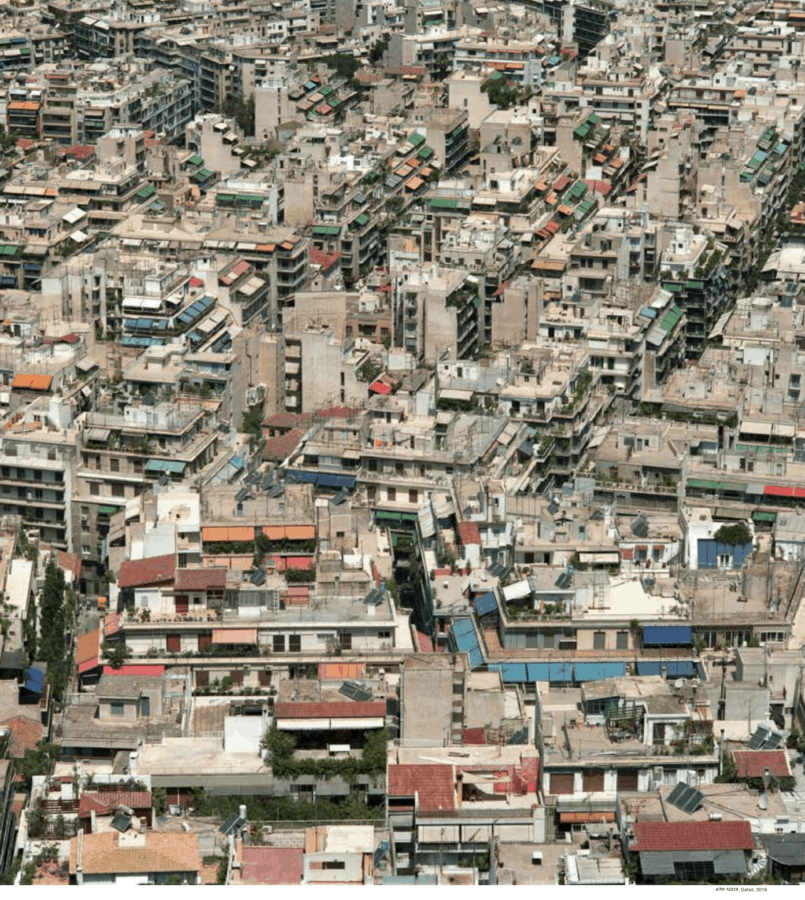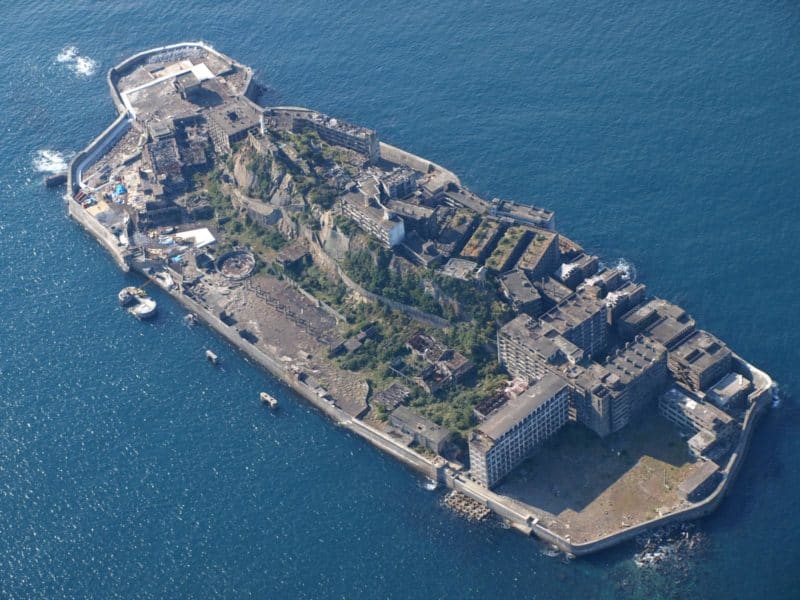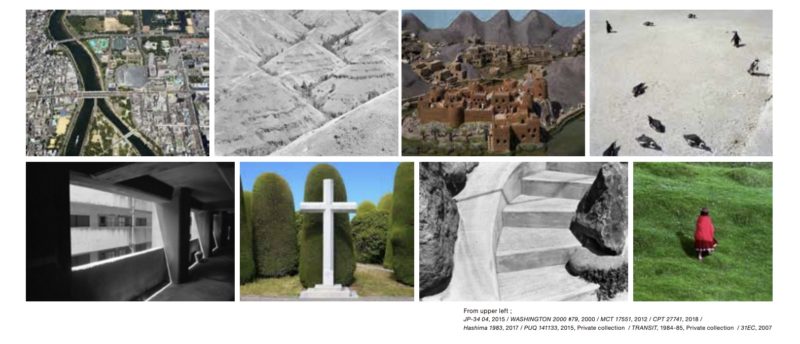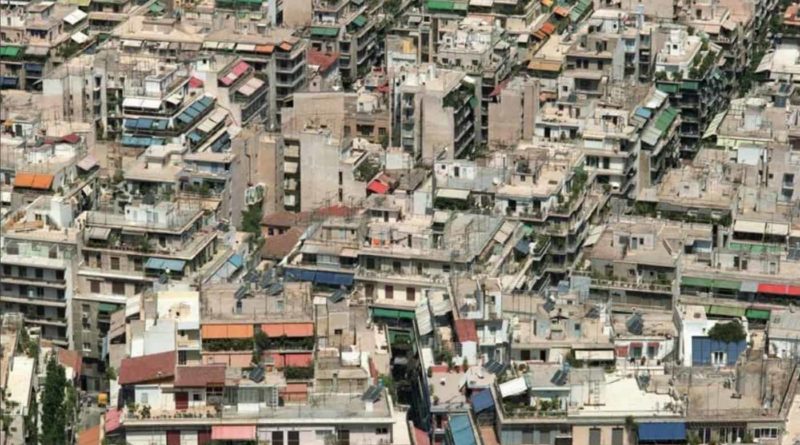Gazetteer: Taiji Matsue Exhibition
The captivating exhibition, titled gazetteer, is the first retrospective of Taiji Matsue’s photographic prints. The exhibition encompasses his early work, as well as his more acclaimed works in aerial photography. The artist, who was born in 1963, is renowned for avoiding shadow in his urbanscapes, thereby eliminating ‘any sense of centrality, periphery, depth or contrast.’ His work effectively renders the three-dimensional as two.

The exhibition starts with a series titled TRANSIT: black and white photos that document the textural quality of mundane streets and walls, and follows his fieldwork to Hashima, in capturing the dystopian atmosphere of the now-derelict coal mining island, better known as Gunkanjima or ‘Battleship Island’.

The main collection, however, displays Matsue’s photography of birds-eye views: mountains, landscapes, forests and cities, from countries everywhere in the world. The titles of these photos are encrypted city codes, adding to the wonder of the eclectic perspectives and geographies. Matsue’s transition to much bigger color prints takes the viewers to crowded townscapes and graveyards. These prints are accompanied by horizontally-mounted moving images of tiny animals and tiny people in frozen settings. Matsue’s work in Japan is located in the last room, where even an aerial photograph of the museum is among novel shots of familiar sights in Hiroshima.

Gazeteer continues until February 24. More details can be found here.
The museum has also put together a collection entitled LIKE A FACE, for works that are related to the subject of faces. The museum’s best contemporary artworks are also featured, including work by Henry Moore and Leon Golub. This exhibition runs until until February 3rd.

The museum itself is impressively spacious and is definitely worth the visit. Located on top of Hijiyama, the museum is encircled by trees, and the surrounding area is dotted with sculptures. Exhibitions often include full explanations in both English and Japanese.


